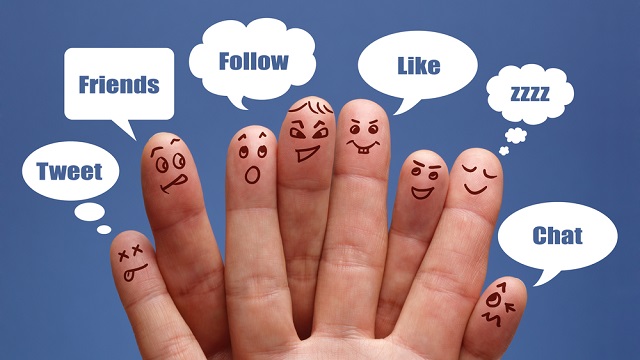The Internet from the Planet of the Apes

If you thought the Internet of Things was a big idea, what about an Internet that connects humans with apes, elephants and dolphins? In what has to be one of the most fascinating TED talks of the past year, a team of four TED presenters (including Internet pioneer Vint Cerf and rock star musician Peter Gabriel) outlined their vision for the “interspecies Internet” — a mind-blowing attempt to connect sentient animals with humans via the Internet. As a proof of concept of what’s possible when humans and animals connect, Peter Gabriel even played a video duet with himself and a bonobo playing the piano keyboard. The interspecies Internet even has its own Facebook page, with the tagline “We are in communication, with an animal nation.”
The idea, while admittedly fanciful, appears to be more than just a clever way to use some iPad apps to chat with a few orangutans. By connecting humans and animals via an “interspecies internet,” researchers at places like MIT hope to gather information about what it’s like to communicate with aliens (who, presumably, aren’t fluent in English). In fact, the whole concept for the “interspecies internet” has its basis in an earlier concept by Vint Cerf nearly ten years ago for an “interplanetary Internet” that would connect planet Earth with asteroids, the moon and even other planets, thereby enabling astronauts to communicate with each other — and, if need be, with aliens from another world. If the Mars Curiosity expedition turns up evidence of intelligent life, for example, it’d be nice to understand what they’re saying.
For now, the actual day-to-day creation of the interspecies Internet appears to be limited to a few controlled examples featuring dolphins, elephants and apes. It’s not like you’re going to start finding elephants and apes in your Twitter feed anytime soon. At the Miami Zoo, though, people can already use iPads to communicate with orangutans. At the TED 2013 conference, Diana Reis (a cognitive psychologist) highlighted examples of researchers communicating with dolphins, while MIT’s Neil Gershenfeld (an original pioneer with the Internet of Things) showed that it was now possible to video-conference with animals. Those dolphins, in fact, may be even more interesting for researchers than the bonobos or orangutans because they are so evolutionarily different from humans. Let’s face it – when you’re Facetiming with a bonobo, you’re essentially Facetiming with a evolutionarily less-advanced version of yourself. Dolphins and humans, though, are separated by 95 million years of divergent evolution.
The concept of an interspecies internet challenges any notion we might have had of what “the Internet” really is. Consider that there are now more devices hooked up to the Internet than there are humans on this earth. Within a decade, there will be more than 10 billion tiny screens hooked up to the Internet. So what happens when everything (e.g. your car and your fridge) and every sentient being on this planet gets connected to the Internet? Will it just mean a few more Facebook friends for you to hang out with – or a fundamentally new type of consciousness brought about by all this new connectivity?
In fact, proponents of the Internet of Things and proponents of the Interspecies Internet may soon collide on their vision for the future of the Internet. Vint Cerf, for example, doesn’t like the idea of the Internet connected to our shirts. And, it’s easy to see how some people might take offense if their favorite animals are not connected to the Internet – if we connect dogs, will we also need to connect cats? Are all bonobos created equal, or are the ones in captivity better than those found in the wild?
The Internet started as a system for connecting computers and developed into a system for connecting people. Soon, it might be a system for connecting species as well as a new way to boost our cognitive development — assuming the apes have anything to tell us that we didn’t already know. That’s where things could get really interesting. If the moviemakers behind the Planet of the Apes franchise are looking for a new concept here’s one – in The Internet from the Planet of the Apes, humans in the year 2014 extend the Internet to include worldwide chat sessions with apes, who eventually learn speech and gain a new type of hyper-intelligence before they finally take over, enslaving their human masters before they take off for Mars.
image: Monkey looking at another monkey on a computer screen / Shutterstock





